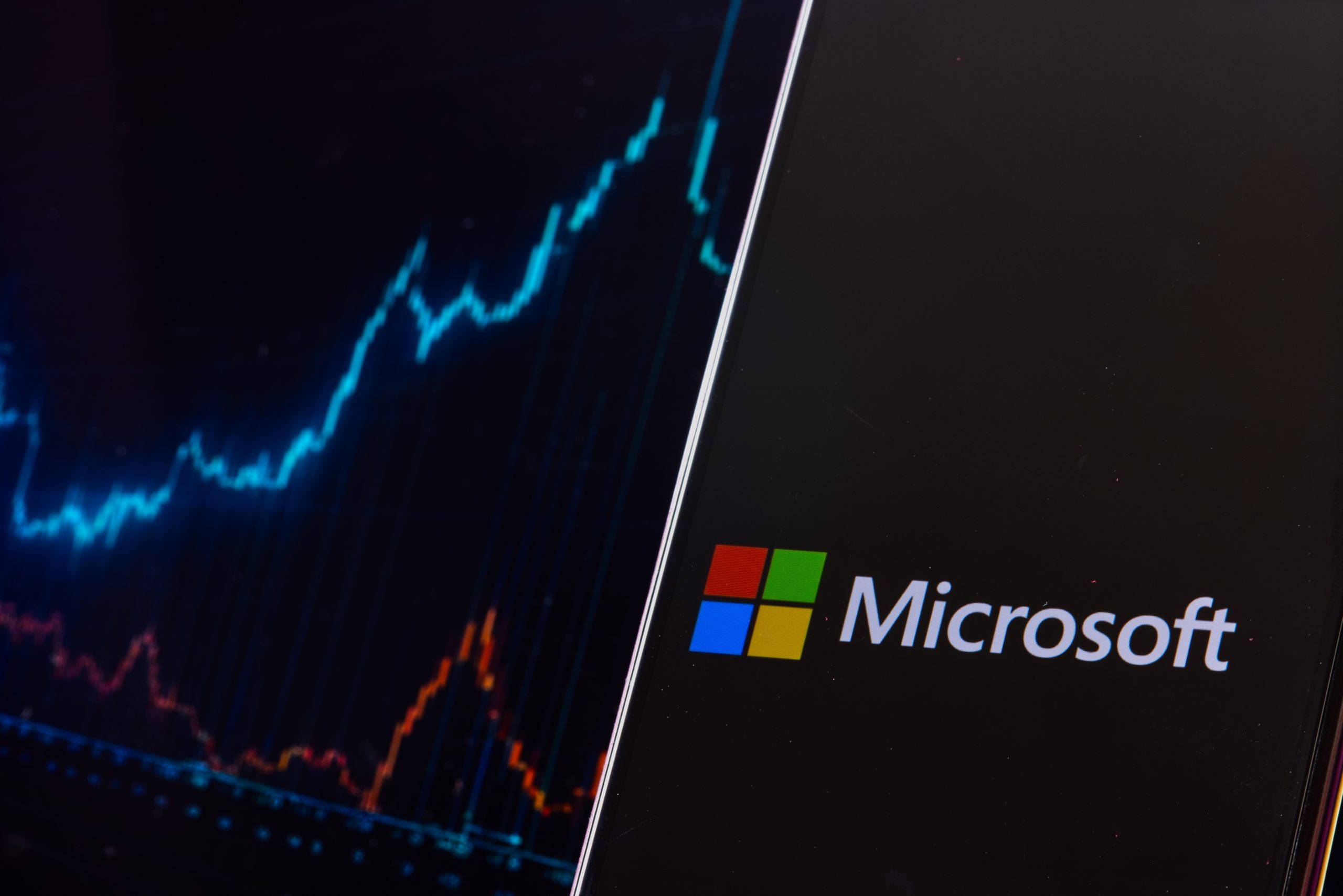When Microsoft recently disclosed that the US tax authorities had levied a record $28.9 billion in back taxes on the company, advocates welcomed the news as a validation of increased investment in tax enforcement. The headline-grabbing figure showcased how an emboldened and well-resourced Internal Revenue Service (IRS) can challenge questionable tax practices of big and powerful taxpayers like Microsoft. While this boost in enforcement represents welcome and much-needed progress, the Microsoft case also illustrates the need to better inform investors and the public about the risky and aggressive tax practices of major companies – as Microsoft’s own investors have demanded. Additional tax disclosures may have tipped off investors to Microsoft’s tax risk long before the IRS took action, rather than the news being sprung on them in a curt SEC filing.
It’s hardly a secret that big multinational companies use aggressive tax strategies to shift their profits to tax havens. They do so to the tune of $1 trillion a year, according to the latest estimates from the EU Tax Observatory. The problem’s scale has been well documented, and has prompted a US-led global plan to tackle it.
Yet, at the individual company level, investors are still in the dark about their exposure to tax risks, which can balloon into billions of dollars for some of the biggest companies. There is no question that it’s material to Coca-Cola’s investors when the company is facing a potential liability of up to $14 billion in a transfer pricing case, just as it is material for investors in pharma company Amgen that could owe the IRS $10.7 billion in taxes and penalties. In the Microsoft case, the liability is even higher: $28.9 billion for 2004-2013 tax years. That’s more than what Microsoft spends on research and development ($27.2 billion). It’s also more than what Microsoft has paid in federal income taxes in the last two years combined – $22 billion according to recent estimates.
Moreover, the final liability could be substantially higher, as $28.9 billion does not include penalties and interest, and Senator Elizabeth Warren has pressed the company to disclose the total figure. Independent tax expert estimates put Microsoft’s total liability, including extra penalties, as high as $169 billion, more than Microsoft’s 2022 and 2023 income combined ($145 billion). For its part, Microsoft disputes the charge and has said it plans to contest it, which could take years, and its attorneys have noted that Microsoft has changed its corporate structure and practices such that the issues raised by the IRS are relevant only to past tax years.
The Microsoft legal saga goes way back to 2005, when, according to ProPublica reporting in Fortune, Microsoft undertook “a ludicrous-sounding deal: It had sold its most valuable possession — its intellectual property — to an 85-person factory it owned in a small Puerto Rican city.” This tiny factory was built to burn Windows and Office software on CDs, even though CDs were already on their way out by then. Somehow, this small company paid $31 billion for the intellectual property rights to that software, which entitled it to receive profits of more than $70 billion for 10 years. The arrangement violated the relevant tax regulations, according to a detailed analysis by international tax experts Stephen Curtis and Reuven Avi-Yonah. The IRS described the deal in a 2016 court filing as “illusory in nature, serving no material economic purpose except to shift income,” and in a 2020 court decision, a federal judge agreed: “the Court finds itself unable to escape the conclusion that a significant purpose, if not the sole purpose, of Microsoft’s transactions was to avoid or evade federal income tax.”
Why did Microsoft choose Puerto Rico? They had negotiated a 15-year tax holiday with Puerto Rico, which guaranteed a rock-bottom tax rate of 0% to 2%. Such tax breaks are increasingly controversial in Puerto Rico, where 43% of the population lives in poverty. Microsoft’s maneuver shortchanged the public coffers of both Puerto Rico and the US. If the IRS is ultimately successful, then Microsoft and its investors also stand to lose out. The only ones who seem sure to profit are Microsoft’s tax advisors at KPMG, who developed and successfully pitched the plan to Microsoft executives.
No wonder, then, that Microsoft’s investors are concerned. Last year, investors with more than $305 billion in assets voted in favor of a shareholder proposal calling on Microsoft to publicly disclose information about its taxes and offshore operations on a country-by-country basis. The call for public country-by-country reporting (CbCR) attracted the most support of any shareholder proposal put up for consideration at Microsoft’s 2022 annual general meeting. If Microsoft had published CbCR information for relevant years, investors would have spotted the striking mismatch between its insignificant operations in Puerto Rico and multi-billion dollar tax profits booked there. (Ironically, while Puerto Rico is a U.S. territory, and thus lacking full sovereignty over its tax affairs, it is considered a country for CbCR purposes by the U.S. Treasury (see 26 C.F.R. 1.6038-4(b)(7)).
At its upcoming annual general meeting in December, Microsoft will be facing a tax transparency resolution once again. And it’s not just Microsoft – similar shareholder resolutions at Amazon and Cisco have garnered strong support in the past and have been re-filed this year. Big Oil companies have faced resolutions proposed by Oxfam America. Taken together, these efforts amount to a growing and unstoppable tide of investor calls for corporate tax transparency, and the question is no longer if, but when, major companies like Microsoft will come clean on their tax practices. To better inform investors about material tax risks, it is up to the Securities and Exchange Commission (SEC) to swiftly launch a rulemaking to require CbCR disclosure, in line with the SEC’s investor protection mission.

